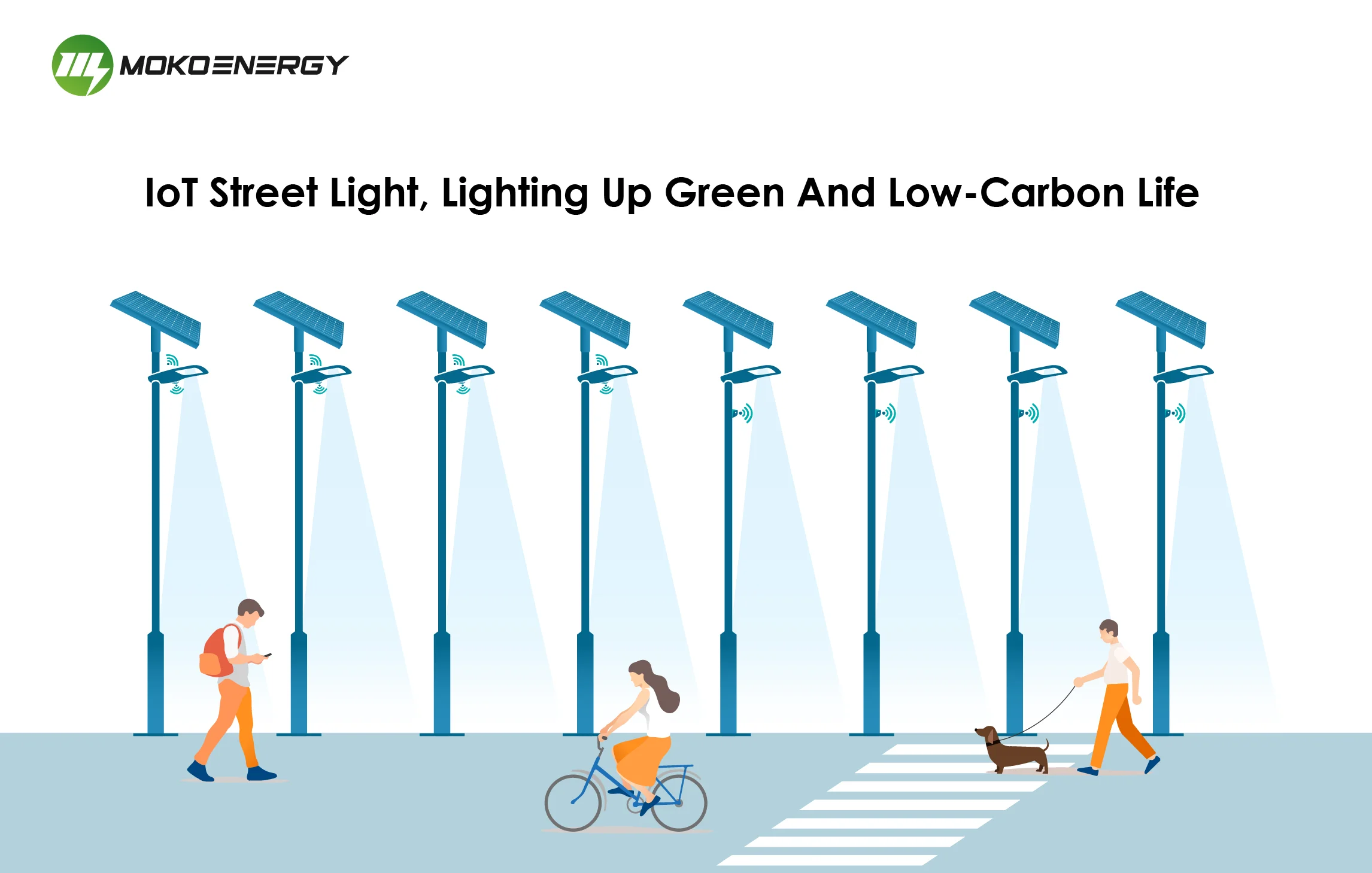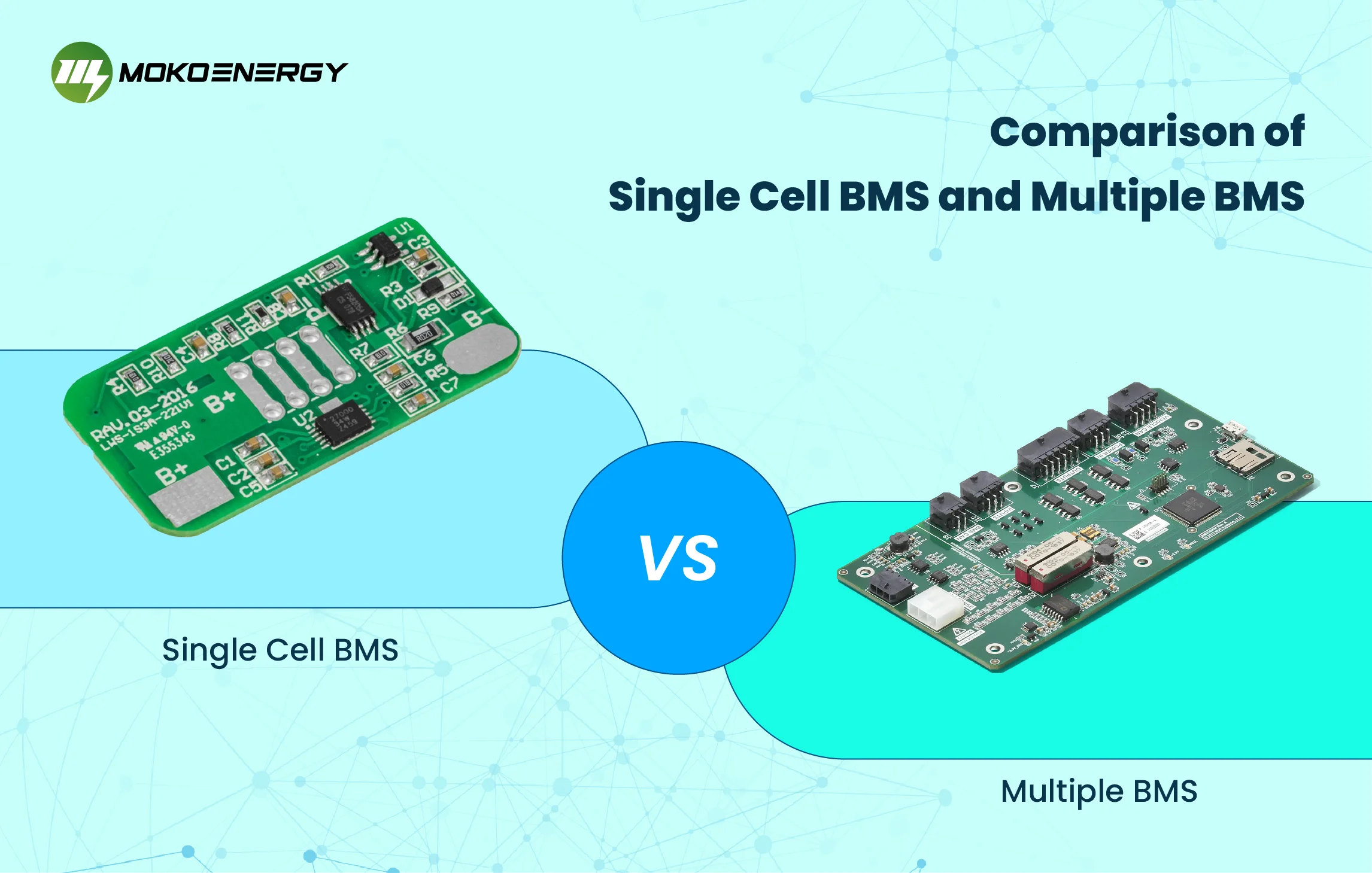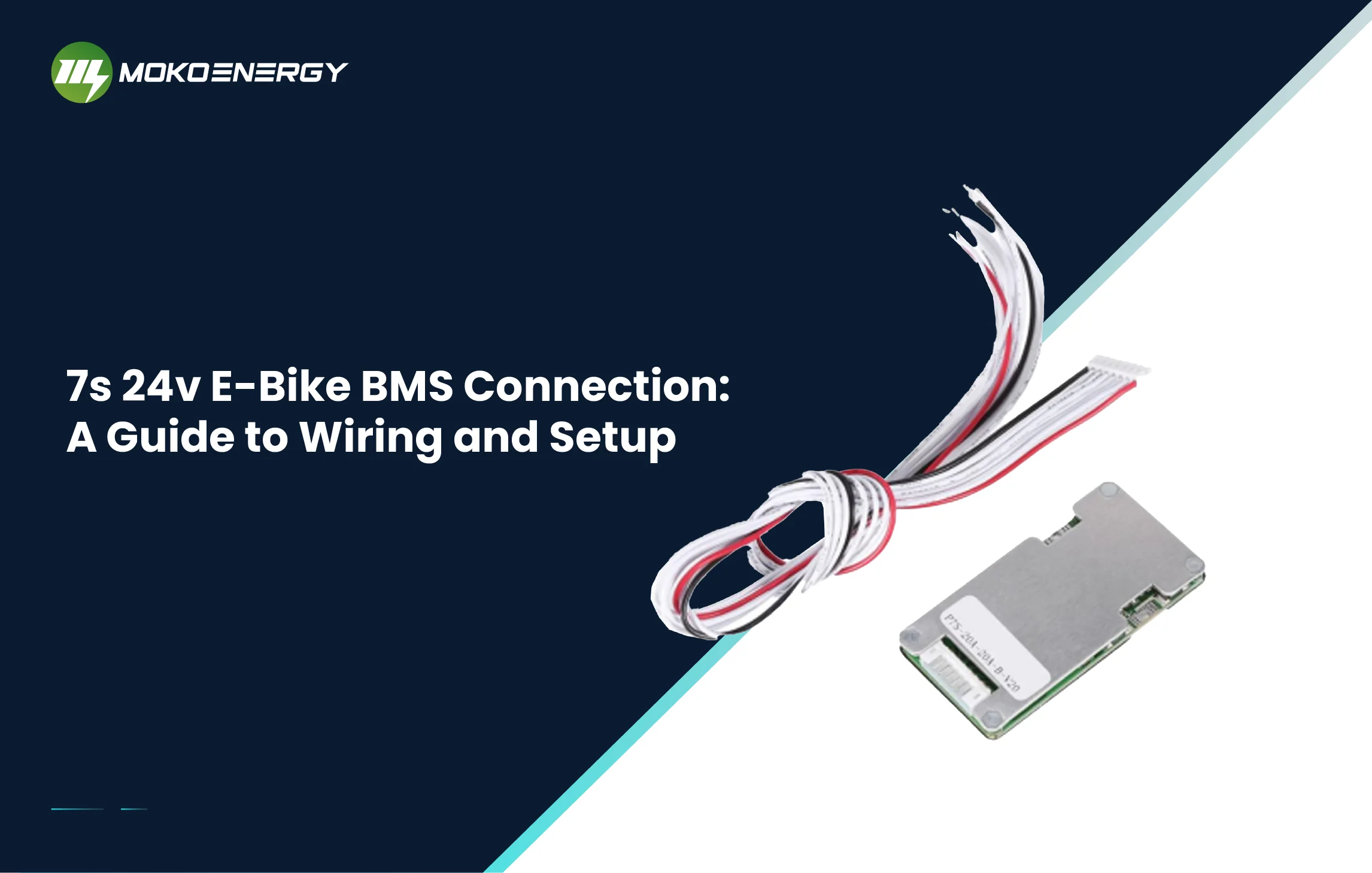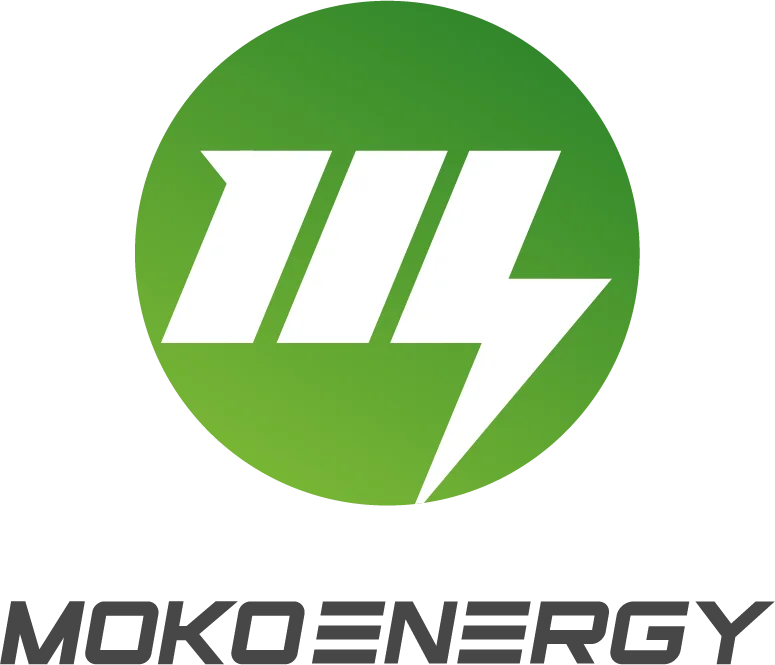The Internet of Things (IoT) is reshaping various aspects of our world, from smart homes to industrial automation. One particularly impactful area is urban lighting, where the IoT street light is leading a revolution in energy efficiency, public safety, and infrastructure management. These lights are not only reducing energy consumption but also improving the quality of life in urban environments. IoT street lights, equipped with smart sensors and wireless connectivity, provide a flexible and intelligent lighting solution that adapts to different scenarios and environmental conditions.
What is an IoT Street Light?
IoT streetlights are advanced lighting systems embedded with IoT technology to enable wireless control, data gathering, and remote management. Unlike traditional street lights, IoT street lights come with sensors, connectivity modules, and integrated control systems. These lights can adapt based on usage patterns, surrounding brightness, and other real-time data.
Key Components of IoT Street Lights:
- Sensors: Measure light levels, motion, and environmental factors.
- Wireless Communication Protocols: Facilitate data transmission to central systems.
- Cloud Management System: Provides remote control and data analytics capabilities.
Compared to traditional lights, IoT street lights reduce energy wastage by offering dimming capabilities and the ability to adjust brightness levels based on actual need.
Applications of IoT Street Lights
The image provided highlights various applications of smart lighting, which can be adapted to IoT street lights as well:
| Application | Description |
|---|---|
| City Street Lighting | Packet Control: Group management of lights for city streets, allowing remote control of sections or individual units. |
| Smart Homes | Scene Mode: Customizable lighting settings that adapt to different household activities or time-based preferences. |
| Sports Venues | Delay Control: Delayed activation or dimming for optimal lighting during events, minimizing power consumption during non-peak times. |
| Expo Halls | Coordinated Control: Synchronization of multiple lights to create specific lighting effects for exhibitions and shows. |
| Festivals | Intelligent Dimming: Dynamic brightness adjustments to create ambiance while conserving energy. |
These applications demonstrate the flexibility of IoT street lights in catering to diverse urban scenarios, providing optimized lighting for specific settings and events.

How IoT Street Lights Work
IoT street lights rely on an intricate system of sensors, communication protocols, and cloud-based management tools to function seamlessly.
- Sensor Technology: Detects motion, ambient light, temperature, and humidity, allowing lights to adapt to real-time environmental changes.
- Wireless Communication Protocols: IoT street lights use Wi-Fi, Zigbee, or LoRaWAN to transmit data to a central management system.
- Cloud-Based Management Systems: Enables remote monitoring and control, ensuring that operators can manage entire networks of street lights from a single dashboard.
- Data Analytics and AI: Use data to optimize energy usage, predict maintenance needs, and even enhance security through AI-based surveillance capabilities.
These interconnected components work together to make IoT street lights a cornerstone of smart city infrastructure.
Benefits of IoT Street Lights
Adopting IoT street lights offers several key advantages for cities:
- Reduced Energy Consumption: Intelligent dimming and motion-sensing capabilities cut down on unnecessary lighting, leading to significant energy savings.
- Lower Maintenance Costs: Predictive maintenance reduces the frequency and cost of repairs by identifying potential issues before they become major problems.
- Improved Lighting Quality and Control: Precise control over lighting levels provides better illumination, enhancing safety and visibility for pedestrians and drivers.
- Real-Time Monitoring and Reporting: Instant alerts for malfunctions or tampering enhance operational efficiency.
- Adaptability to Various Conditions: From weather changes to traffic fluctuations, IoT street lights automatically adjust to optimize performance.
MOKOEnergy’s Contributions to IoT Street Lighting
MOKOEnergy has been at the forefront of developing smart IoT street lighting solutions that offer cutting-edge features and superior reliability.
Key Features of MOKOEnergy’s IoT Street Lights:
- Advanced Sensor Integration: Detects motion, ambient light, and environmental factors with high accuracy.
- Seamless Cloud Connectivity: Provides remote access and data analytics, enabling operators to monitor and control lights from any location.
- Energy-Saving Technology: Efficient dimming and adaptive brightness adjustments reduce power consumption without compromising performance.
MOKOEnergy has successfully implemented its solutions in various settings, from bustling city streets to peaceful residential neighborhoods, demonstrating the impact of smart lighting in diverse urban landscapes.
Challenges and Considerations
Despite their advantages, IoT street lights come with their own set of challenges:
- Initial Implementation Costs: The upfront investment for IoT-enabled lighting systems can be substantial, particularly for large urban areas.
- Cybersecurity Concerns: As with any IoT system, there is a risk of cyberattacks, making robust cybersecurity measures essential.
- Privacy Issues: With surveillance capabilities embedded in IoT street lights, privacy becomes a concern, especially in densely populated areas.
- Standardization and Interoperability: Integrating IoT street lights with other smart city infrastructure requires standardized protocols to ensure interoperability.
Addressing these challenges is crucial for successful IoT street light deployments and for fostering public trust in the technology.
The Future of IoT Street Lights
As IoT technology continues to evolve, so does the potential of IoT street lights. Emerging trends and developments are shaping the future of smart lighting:
- Emerging Trends: Self-healing networks, AI-driven optimization, and 5G connectivity are expected to further enhance IoT street lights.
- Integration with Smart City Technologies: IoT street light can integrate with other city systems, such as traffic management and emergency response, providing real-time data and alerts.
- Potential for Expanded Functionality: Future IoT street light could offer additional services like Wi-Fi hotspots, charging stations for electric vehicles, and air quality monitoring.
These advancements promise a transformative future for IoT street lights, reinforcing their role as a key component of smart cities.
Conclusion
IoT street lights have the potential to redefine urban infrastructure, providing smarter, safer, and more energy-efficient lighting solutions. By integrating IoT street lights, cities can take a significant step towards becoming fully “smart” and sustainable, benefiting both citizens and the environment. As the technology advances, urban planners and policymakers should consider the potential of IoT street lights to enhance quality of life and infrastructure resilience.
FAQs about IoT Street Light
- What makes IoT street lights different from traditional lights?
IoT street lights are equipped with sensors, wireless connectivity, and cloud management, allowing for remote control, dimming, and data collection, unlike traditional lights which operate on fixed schedules. - How do IoT street lights save energy?
They use motion sensors and dimming capabilities to adjust brightness based on real-time needs, thus reducing unnecessary power consumption. - Are IoT street lights secure?
While they offer many benefits, cybersecurity is a concern. Proper encryption and regular security updates are necessary to prevent unauthorized access. - Can IoT street lights function in adverse weather conditions?
Yes, IoT street lights are designed to handle various environmental conditions, with sensors adjusting brightness and reporting real-time status regardless of weather. - How can IoT street lights benefit urban planners?
They provide valuable data on lighting usage and energy savings, helping planners optimize resources, reduce costs, and improve urban infrastructure efficiency.
By implementing IoT street lighting, cities are not only embracing the latest technology but also setting a new standard for smart, efficient, and resilient urban living.






